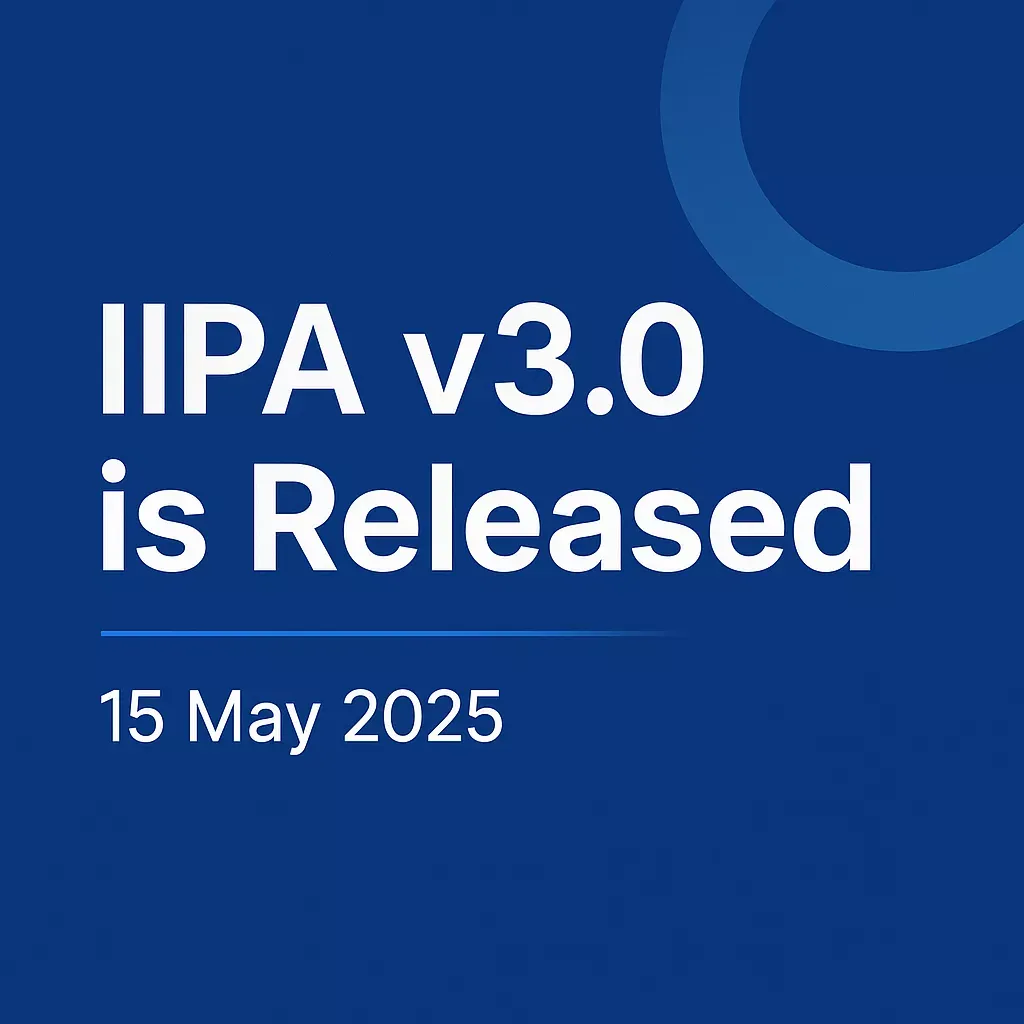IIPA Solutions Releases v3.0: A Major Step Toward Complete Process Definition
We are proud to announce the release of IIPA v3.0, marking the successful completion of Phase III in the development of our intelligent process automation platform. This update introduces powerful new features that expand our software’s capabilities with a focus on process definition and data integration, empowering users to define, clean, and prepare their data pipelines with minimal effort and maximum flexibility.

Release Date: May 15, 2025
We are proud to announce the release of IIPA v3.0, marking the successful completion of Phase III in the development of our intelligent process automation platform. This update introduces powerful new features that expand our software’s capabilities with a focus on process definition and data integration, empowering users to define, clean, and prepare their data pipelines with minimal effort and maximum flexibility.
Phase III Focus: Advancing Process Definition
In our previous development phase (Phase II), as detailed in our earlier progress report, we developed and finalized the Data Entry and Data Visualization modules. Over the past six months, during Phase III, our focus shifted to building out the Process Definition section—an essential component of the IIPA platform.
This section introduces a robust and user-friendly environment for defining workflows using nodes. In Phase III, we focused on implementing the Data Integration (Preprocessing) nodes, setting the stage for the upcoming Data Mining components in Phase IV.
Data Integration Nodes: Now Available
The current release includes four key preprocessing functionalities:
1. Data Normalization
Data normalization helps standardize feature ranges, which improves algorithm performance and training speed. IIPA now supports the following normalization algorithms:
• Max Abs Scaler
• Min Max Scaler
• Standard Scaler
• Power Transformer
Each method can be configured through user-friendly interfaces, and users can either rely on smart default parameters or customize them based on their data characteristics. Even without prior experience in normalization, users can apply these techniques using our plug-and-play approach.
2. Data Transformation
This module enables conversion of categorical data into a machine-readable format, essential for most machine learning tasks. IIPA v3.0 provides:
• Label Encoding
• One-Hot Encoding
These transformation techniques convert string or categorical inputs into numerical values without altering their meaning—making them ideal for training classification models.
3. Outlier Removal
Outliers can significantly distort data analysis and machine learning results. IIPA uses a Z-Score based method to detect and remove data points that lie beyond three standard deviations from the mean. This improves the integrity and performance of downstream models and visualizations.
4. Data Imputation
Handling missing values is crucial for robust analysis. IIPA provides the following imputation algorithms:
• Simple Imputer
• KNN Imputer
• Iterative Imputer
These methods help fill in null values to ensure that the dataset remains usable and informative, without introducing bias or reducing model accuracy.
What’s Next: Looking Ahead to Phase IV
With the process definition environment now established, input, preprocessing, and output nodes are live and publicly available. This foundation allows users to define complete preprocessing workflows using our drag-and-drop interface. The next phase will introduce data mining nodes, adding advanced analysis and machine learning capabilities to the platform.
Stay tuned as we continue building toward a fully intelligent, automated, and adaptive process management system.
Try the new feature for FREE: iipa.io